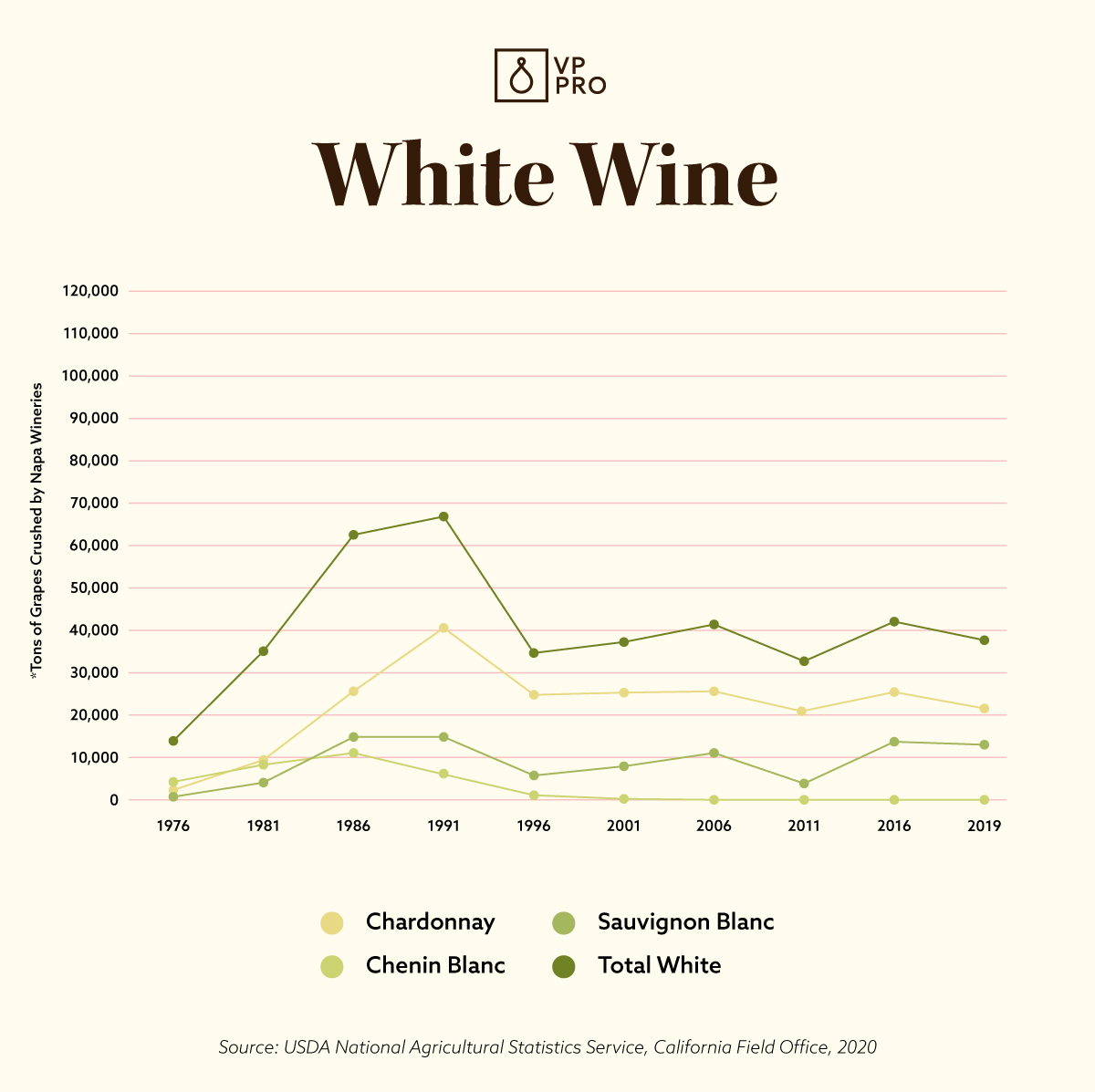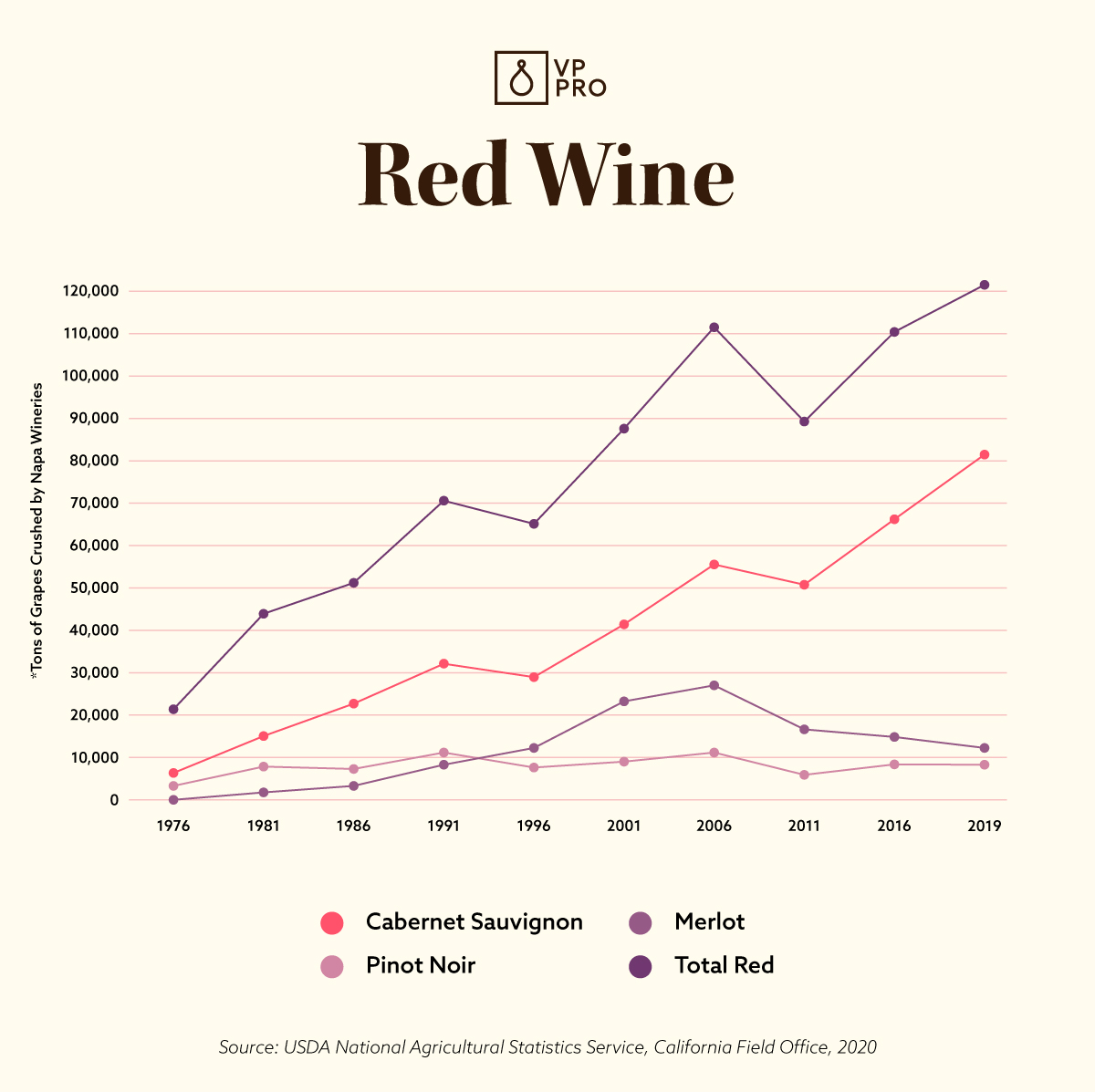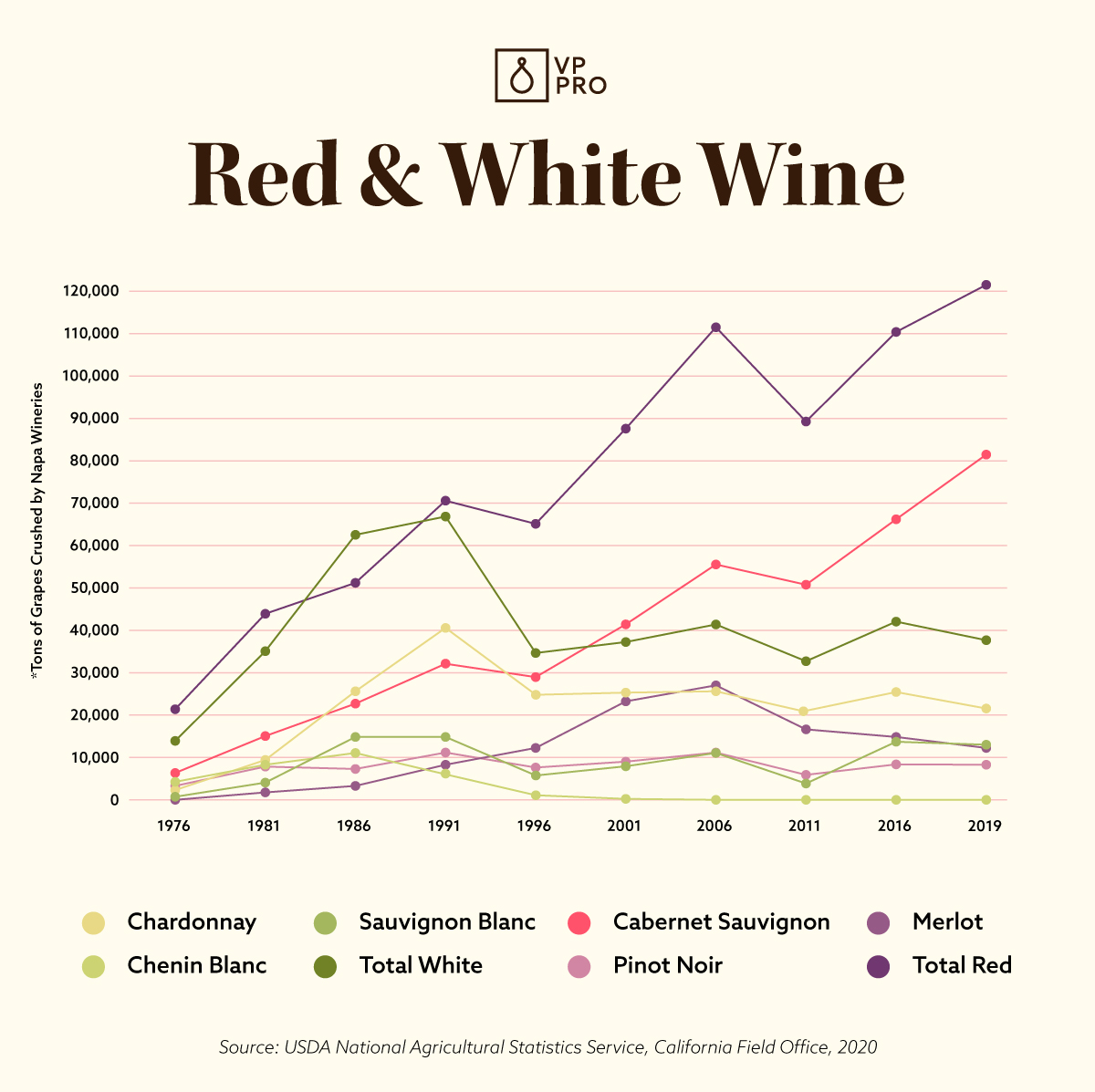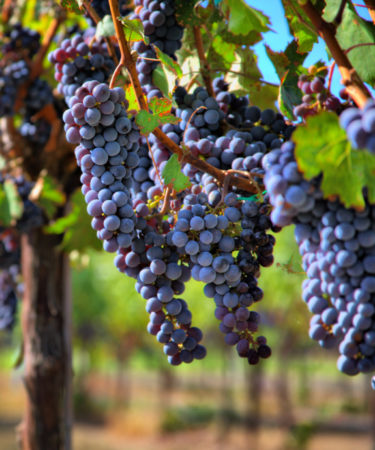1976 was a year of great importance around the globe. In the United Kingdom, it was the year the first commercial Concorde flight took off, cutting air travel times in half. In Canada, it marked the completion of the CN Tower. And in Paris, wine judges gathered and critiqued wines from the top vintners in France against wines made in California. The shocking results led to the explosion of wine in California and altered the industry’s trajectory for decades to come.
This year marks 45 years since the Judgment of Paris. What was essentially a staged blind tasting meant to stir up interest in American wines in Europe ended up surprising industry leaders and wine drinkers around the globe. A 1973 Chardonnay from Napa Valley’s Chateau Montelena won top points against a white Burgundy, a Meursault-Charmes from Domaine Roulot, inspiring a wave of interest in California Chardonnay. According to data from the National Agricultural Statistics Service, the amount of Chardonnay grown and crushed in the first five years following the tasting grew by more than 400 percent.
The winning Cabernet Sauvignon came from Napa Valley’s Stag’s Leap Wine Cellars. It beat out iconic Bordeaux estates like Château Mouton-Rothschild and Château Haut-Brion. Cabernet Sauvignon, which already had a pretty stable hold in the California wine-growing industry and accounted for 36 percent of red wine in the region, saw a near doubling in growth in the five years following the tasting.
In an act of defiance against Isaac Newton’s famous line, “what goes up, must come down,” Chardonnay and Cabernet Sauvignon have continued their growth for decades. Today, they are the flagship varieties of the Napa Valley AVA. In 2019, the total amount of white wine grapes for crushing was 176 percent of the total seen in 1976. Included in that was an increase of Chardonnay by more than 1,000 percent. For red wine, the total amount of grapes grown for crushing totaled 449 percent more than in 1976. Included in that amount was an increase of 932 percent specifically for Cabernet Sauvignon.
Through the years, the data shows inevitable dips in production as growers and producers faced challenging vintages, including ones that have been impacted by disastrous wildfires. In spite of this, Chardonnay and Cabernet Sauvignon show no sign, or reason, for releasing their hold as the top white and red grapes, respectively, in the Napa Valley.
To learn more about the impact of the Judgement of Paris on the Napa Valley, check out the charts below.



This story is a part of VP Pro, our free platform and newsletter for drinks industry professionals, covering wine, beer, liquor, and beyond. Sign up for VP Pro now!
